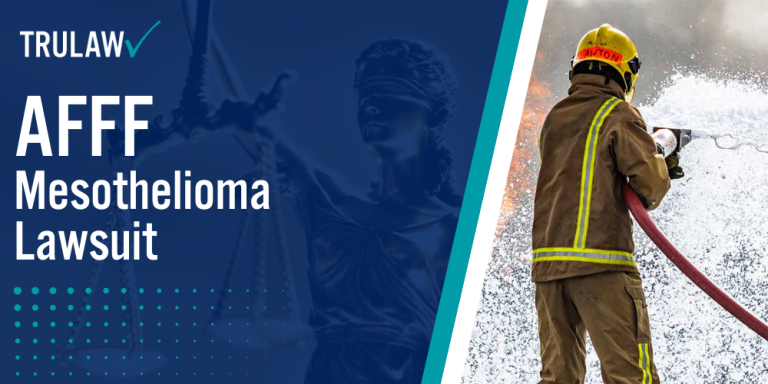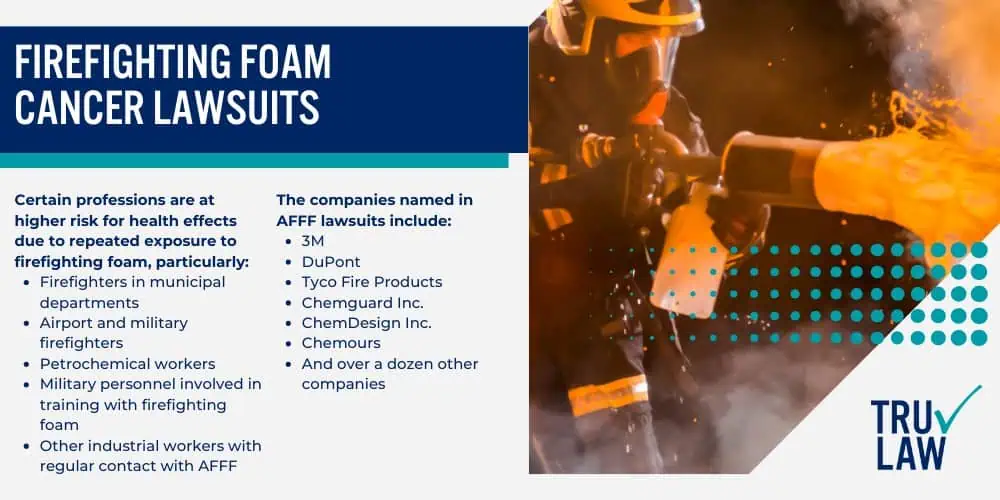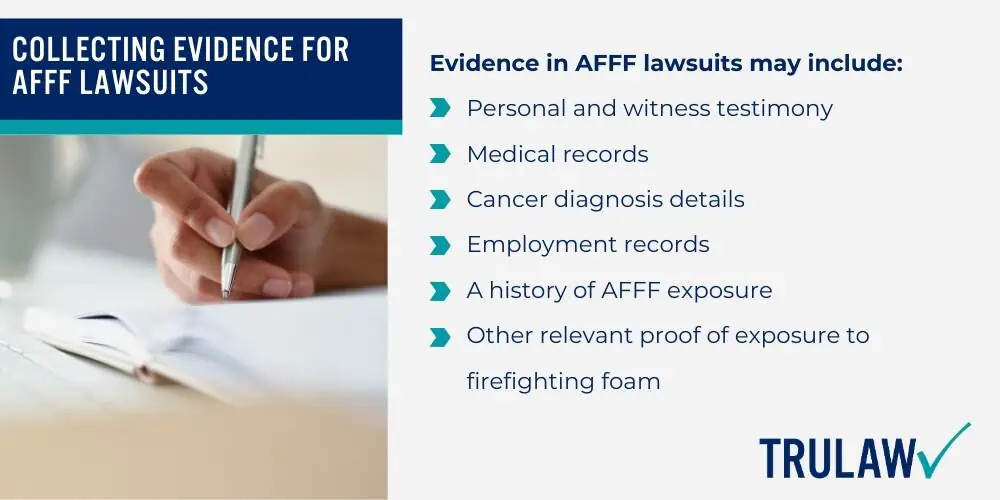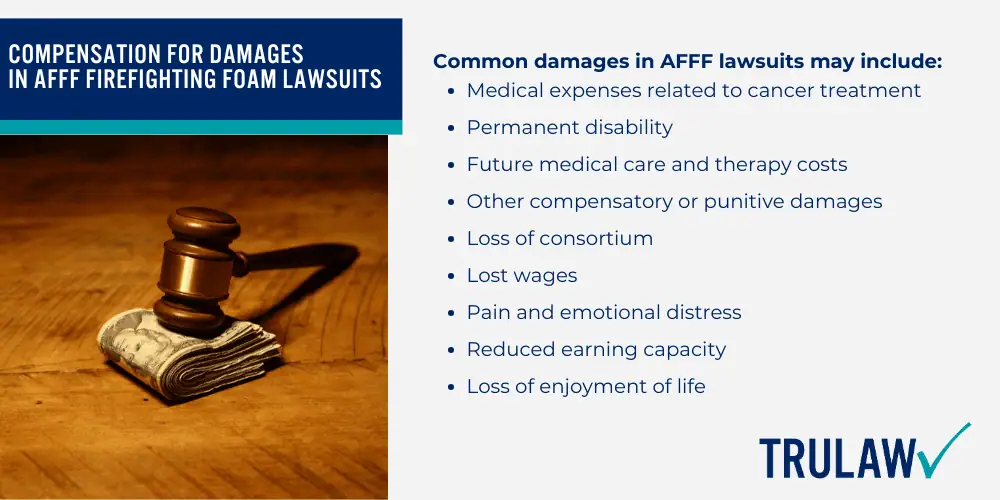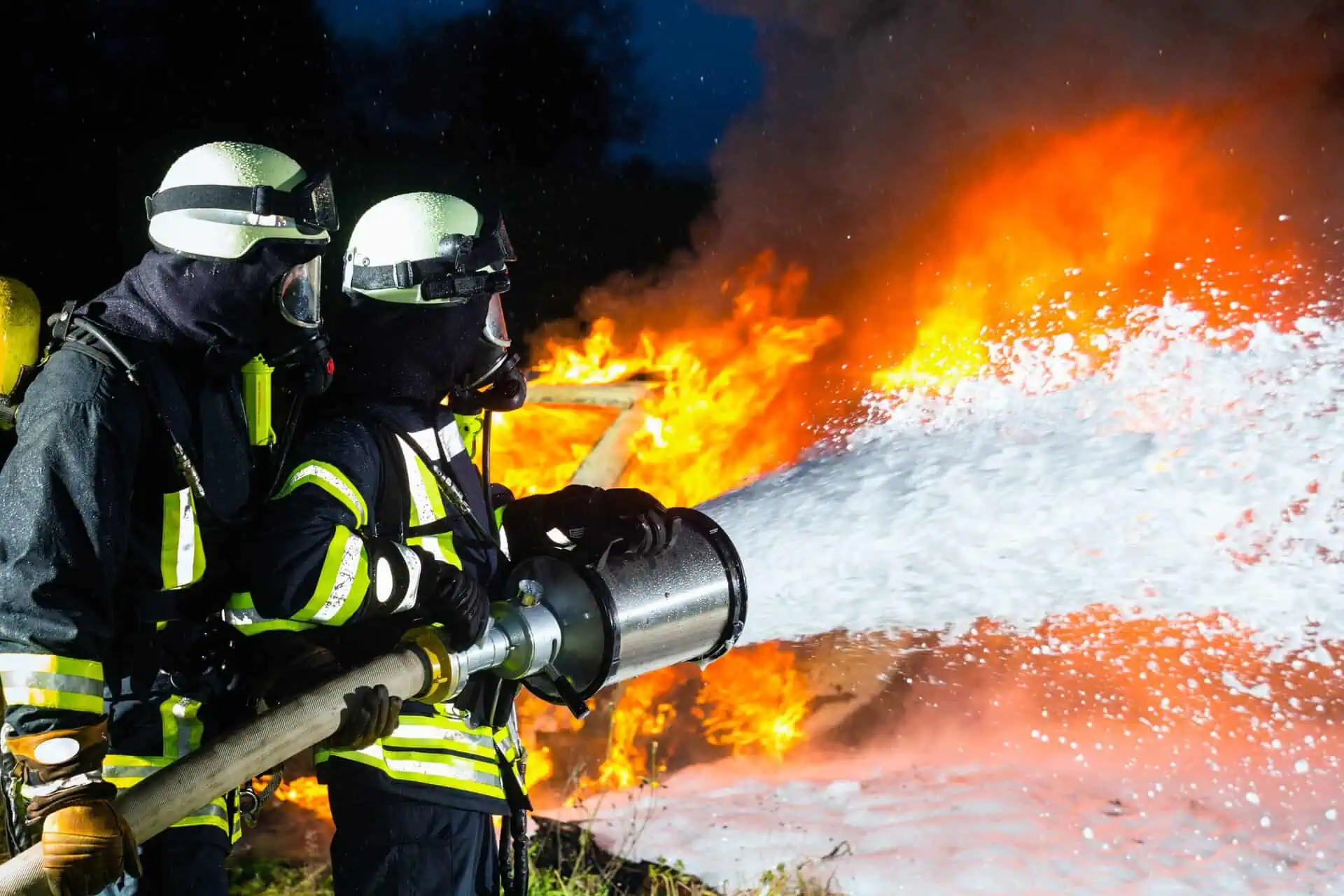Exposure to firefighting foam and PFAS chemicals has been linked to an increased risk of developing cancer, including mesothelioma.
These connections have been highlighted in several major research studies conducted by reputable agencies such as the National Cancer Institute and the Environmental Protection Agency.
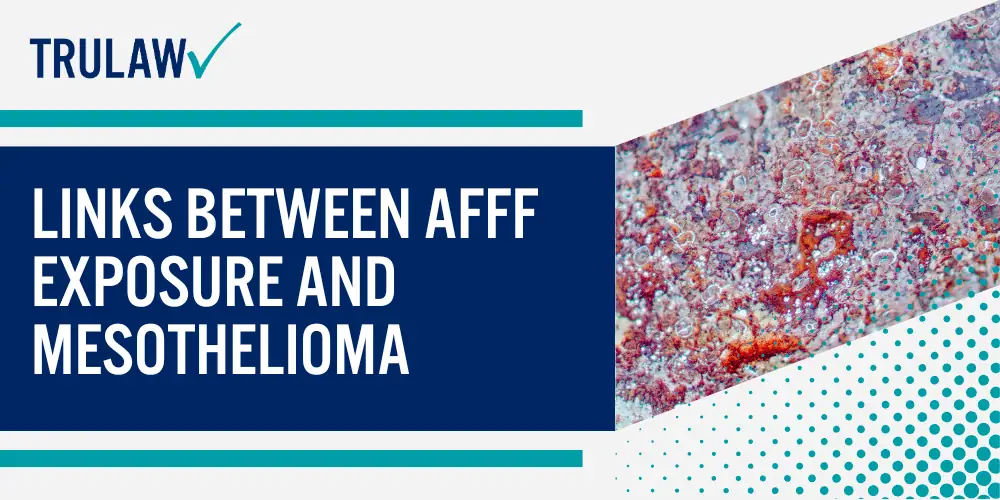
Some studies have identified a potential link between PFAS-containing firefighting foam and mesothelioma:
- A study in Environmental Health found a connection between PFAS exposure and an increased risk of mesothelioma.
- Researchers from Emory University and the CDC reviewed PFAS exposure and its connection to various cancers, including mesothelioma.
Mesothelioma is a rare but aggressive form of cancer affecting the mesothelium, the thin layer of tissue surrounding most internal organs.
While treatments are available, a cure may not be possible for many individuals diagnosed with this disease.
Ongoing Research on PFAS Chemicals and Cancer Risks
Extensive research continues to highlight the potential risks associated with PFAS chemicals, including a connection to various cancers:
- The U.S. Environmental Protection Agency (EPA) has issued a health advisory for PFOA and PFOS, warning that long-term exposure to these chemicals could be harmful to human health.
- The International Agency for Research on Cancer (IARC) classified PFOA and PFOS as possible carcinogens, indicating a concerning link between these chemicals and human health risks.
- A study in the Journal of the American Medical Association identified a link between PFOA exposure and increased risks for kidney cancer, testicular cancer, and other conditions.
- A study published in the International Journal of Cancer identified a positive link between PFOS exposure and the development of breast cancer.
As research continues, the evidence linking PFAS exposure to cancer grows, prompting further investigation into the adverse health outcomes of these chemicals.
